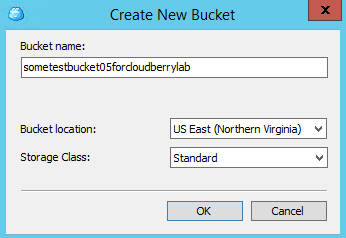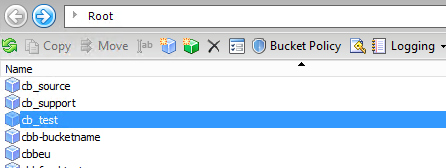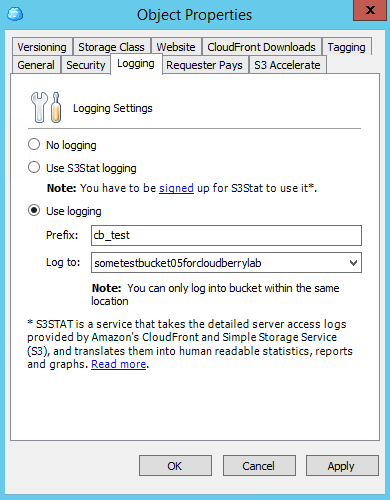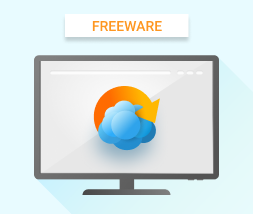If you are wondering what kind of request is coming to your bucket and what you pay money for you may consider turning on Amazon S3 logging to record the requests coming to your bucket. This is a simple task that MSP360 Explorer freeware will make it even easier.
A Bucket to Keep Log Files
Let’s create a bucket called cloudberry.log to keep your log file. You don’t necessarily have to create a new bucket for your log files, but I think it is a good idea to have a separate bucket for the purpose to make things better organized.

Configure Logging
Let’s imagine we want to configure logging for a bucket called cb_test. So, all you have to do is to select the bucket and to click the Logging button on the toolbar.

Now check the “Use logging” checkbox and choose the bucket where you want the log files to be written in the dropdown list. In our example it is cloudberry.log.

Click ok and you are done. According to Amazon documentation, the log file doesn’t appear immediately. It may take up to 24 hours for the log file to be created.
What's Next?
Now you are asking yourself: what can I do with the log files, how I can view them? What format are they stored in? Read our second blog post in this series on analyzing the log files.
Final Notes
A log file can be written to the bucket in the same geographical location. In other words, if you are logging the access to the bucket in the US you will have to assign another bucket in the US to keep that log.
Also, notice that logfile will add up to your monthly bill (although insignificantly) as you will need some additional S3 storage for your log files. The number of log files will grow over time so don’t forget to clean them up regularly.
S3 Log Accuracy
One thing worth mentioning that even though Amazon will make the best effort to make the log as accurate as possible it doesn't guarantee its complete accuracy. In a rare situation, certain requests will not make it to the log. But as Amazon explains S3 log is designed to give a general idea of how your bucket is being used.




